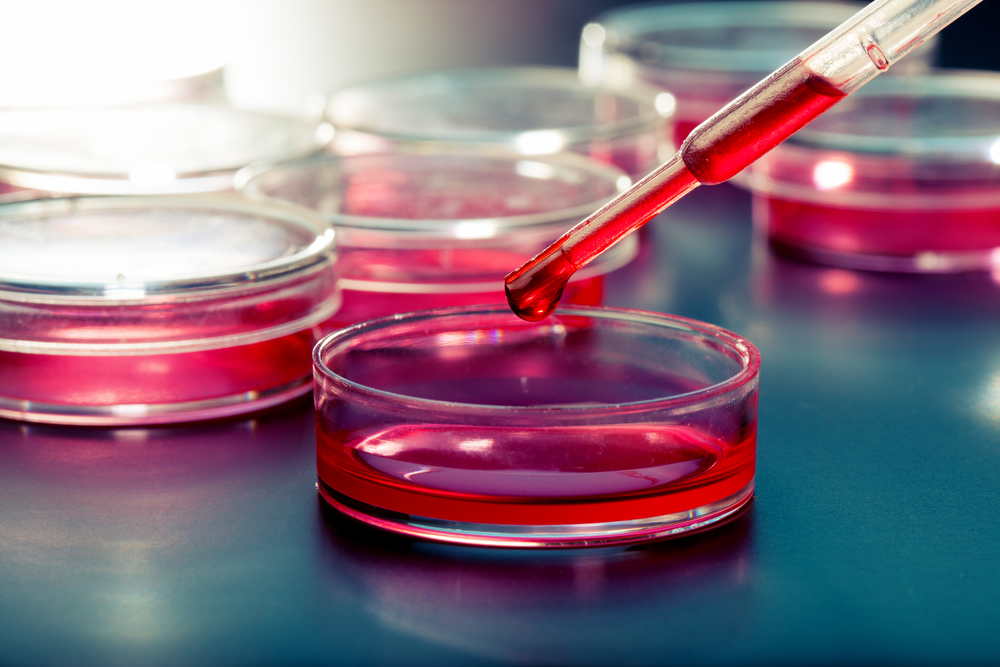Lower Temperatures Improve NAGLU Activity in MPSIIIB Patients’ Cells, Study Shows

Culturing skin cells from patients with Mucopolysaccharidosis IIIB (MPS IIIB) at lower temperatures promotes the production of the active form of the alpha-N-acetylglucosaminidase (NAGLU) enzyme, researchers have found.
These results may be relevant for the development of new therapeutic strategies for MPS IIIB, also known as Sanfilippo syndrome type B.
The study, “Processing of mutant N-acetyl-α-glucosaminidase in mucopolysaccharidosis type IIIB fibroblasts cultured at low temperature,” was published in Molecular Genetics and Metabolism.
The spectrum of MPSIIIB severity is quite broad, ranging from a severe, rapidly progressing (RP) disease form to a milder, slow-progressing (SP) type. Although in both RP and SP disease forms the activity of NAGLU is extremely low, previous studies demonstrated it is possible to increase enzyme activity and lower HS levels by culturing skin fibroblasts from SP patients at 30ºC (86ºF).
However, the precise mechanism involved in promoting higher enzyme activity at lower temperatures is still not fully understood.
In this study, researchers dissected the mechanisms involved in the processing of normal and mutant forms of the NAGLU enzyme at different temperatures.
The team cultured skin fibroblast cell lines derived from healthy control individuals and MPSIIIB patients — one with RP and three with SP — at different temperatures ranging from 27ºC to 37ºC (80ºF to 98.6ºF). Cells then were harvested at different intervals to analyze NAGLU activity, localization, mRNA (molecules that contain instructions to make proteins) and protein levels.
In fibroblasts derived from healthy subjects, researchers found two forms of NAGLU — a larger precursor form and a smaller, mature active form. Interestingly, in cells derived from SP patients cultured at 37ºC (80ºF), only the larger precursor form of NAGLU was present.
Remarkably, when cultured at lower temperatures, SP patients’ fibroblasts were able to produce both the precursor and mature forms of NAGLU. This was accompanied by higher levels of NAGLU mRNA, enzyme activity and improved processing.
“The positive effect of low culture temperature on the activity of mutant enzymes in MPS IIIB fibroblasts of patients with an SP phenotype is convincing and robust. In addition to this study, a recent study has shown similar results in fibroblasts of MPS IIIA patients with different disease severity,” researchers wrote.
“A better understanding of these processes may provide clues to novel therapeutic approaches in MPSIIIB patients with an SP phenotype,” the team wrote. However, they added, that to mimic these effects by the use of pharmacological agents “more knowledge is needed about the mechanisms underlying this multifactorial process.”






